Photography is more than just capturing moments; it’s about storytelling, skill demonstration, and creative expression. Portfolio Photography plays a crucial role in establishing credibility, attracting clients, and showcasing expertise. Whether you are a beginner or an experienced photographer looking to refine your portfolio, this comprehensive guide will help you create a collection that stands out.
1. Understanding Portfolio Photography
What Is Portfolio Photography?
Portfolio Photography refers to a curated collection of images that highlight a photographer’s style, skills, and expertise. It serves as a visual resume, allowing potential clients, brands, and employers to evaluate a photographer’s capabilities.
Why Is Portfolio Photography Important?
- Showcases your best work to potential clients or employers.
- Builds credibility and trust in your expertise.
- Helps in specialization, allowing you to focus on specific niches.
- Attracts collaborations and business opportunities.

2. Choosing Your Photography Niche
Before building your portfolio, you must define your niche. Some popular portfolio photography niches include:
- Portrait Photography – Ideal for professionals, families, or creative portraits.
- Wedding Photography – Showcasing emotional and candid moments.
- Fashion Photography – Highlighting model poses and clothing details.
- Product Photography – Capturing products for commercial use.
- Wildlife and Nature Photography – Emphasizing landscapes and animal behavior.
- Fine Art Photography – Displaying artistic compositions and creative techniques.
3. Selecting the Right Equipment
Your portfolio’s quality depends significantly on the tools you use. Essential gear includes:
- Camera: A high-resolution DSLR or mirrorless camera.
- Lenses: Varying focal lengths (e.g., 50mm for portraits, 85mm for fashion, macro for product shots).
- Lighting Equipment: Softboxes, reflectors, and natural light setups.
- Tripod: Ensuring stability and precision.
- Editing Software: Adobe Lightroom, Photoshop, or AI-powered tools.
4. How to Create a Strong Photography Portfolio
Selecting Your Best Work
- Choose high-quality images that define your style.
- Include a variety of shots (close-ups, wide angles, and creative compositions).
- Ensure consistency in editing and tonality.
Organizing Your Portfolio
- Categorization: Group images by niche or theme.
- Storytelling Approach: Arrange images in a way that conveys a narrative.
- Quality Over Quantity: 15-30 high-quality images are better than 100 average ones.
Editing and Retouching
- Adjust exposure, contrast, and saturation.
- Retouch portraits to remove blemishes while maintaining natural textures.
- Use AI tools for faster, high-quality enhancements.
5. Where to Showcase Your Portfolio?
Creating an Online Portfolio
- Build a website using platforms like Wix, Squarespace, or WordPress.
- Optimize SEO to ensure visibility in search results.
- Keep it mobile-friendly and easy to navigate.
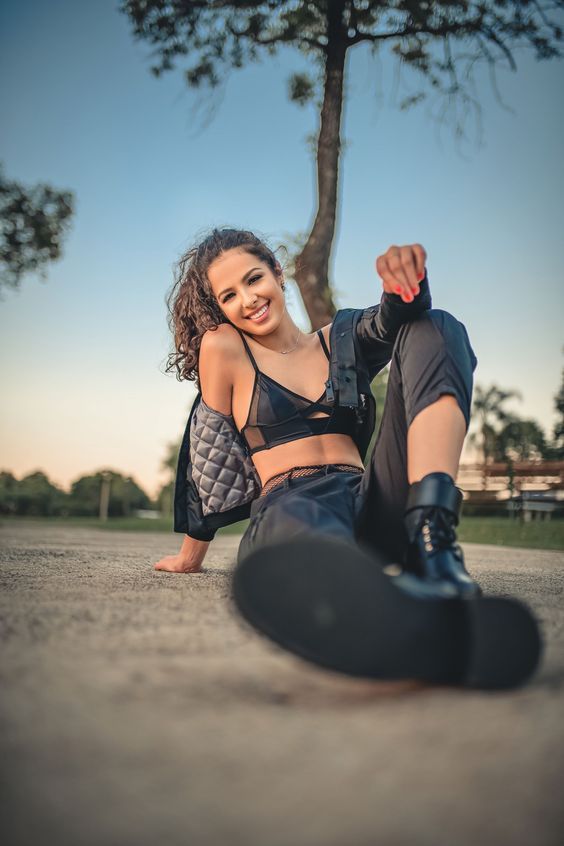


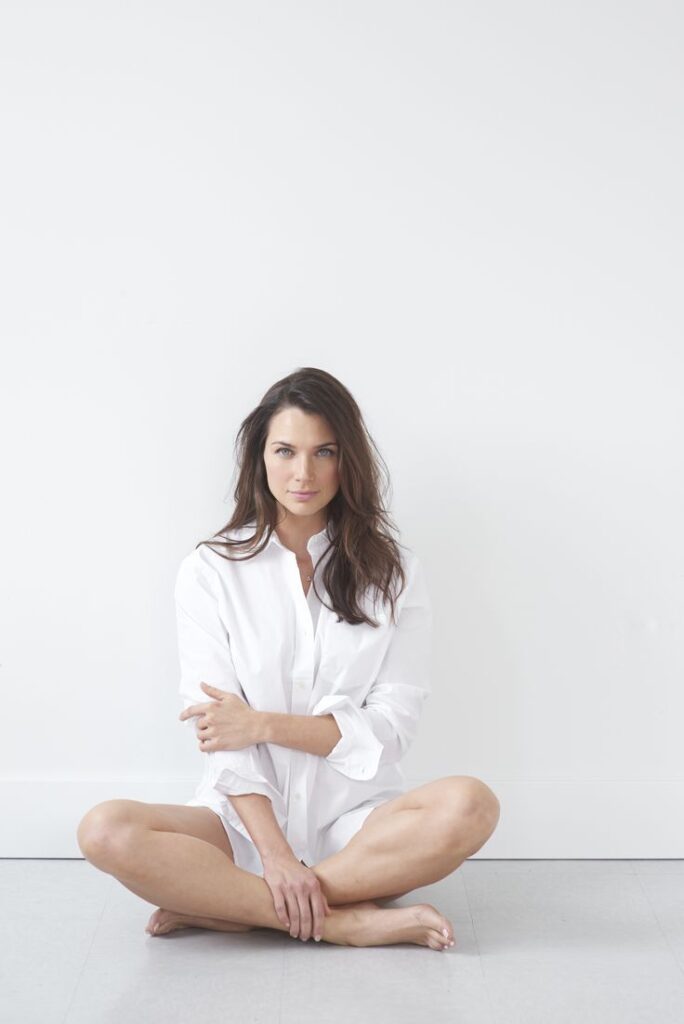










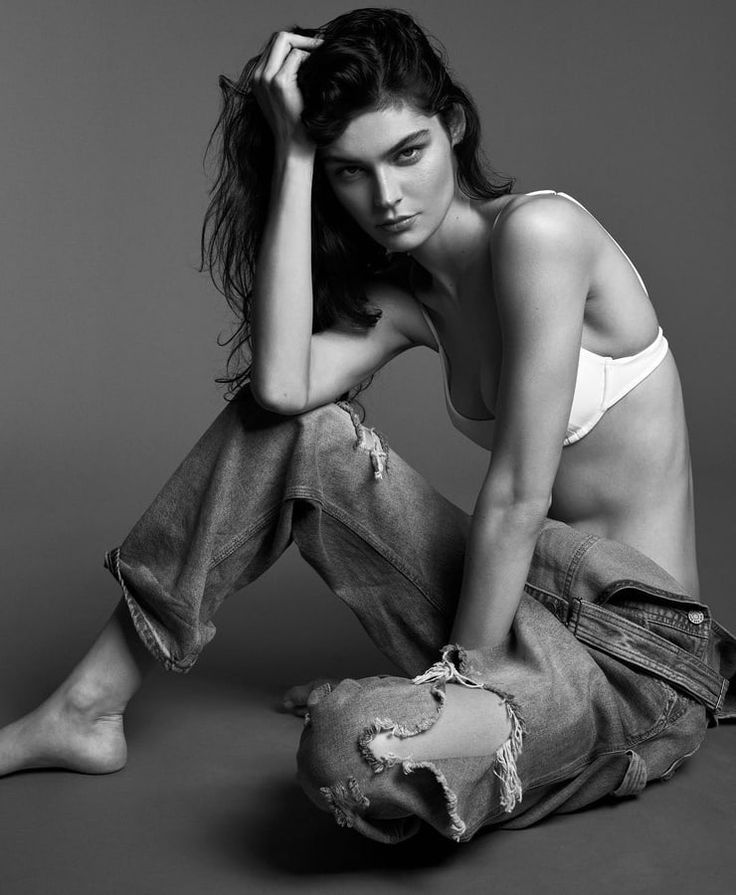
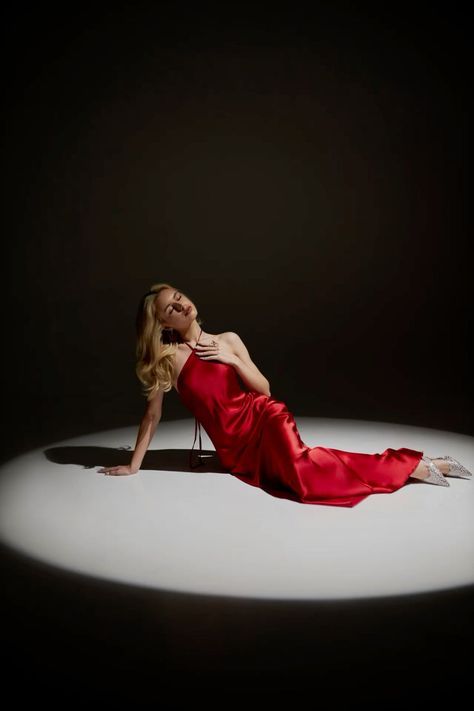


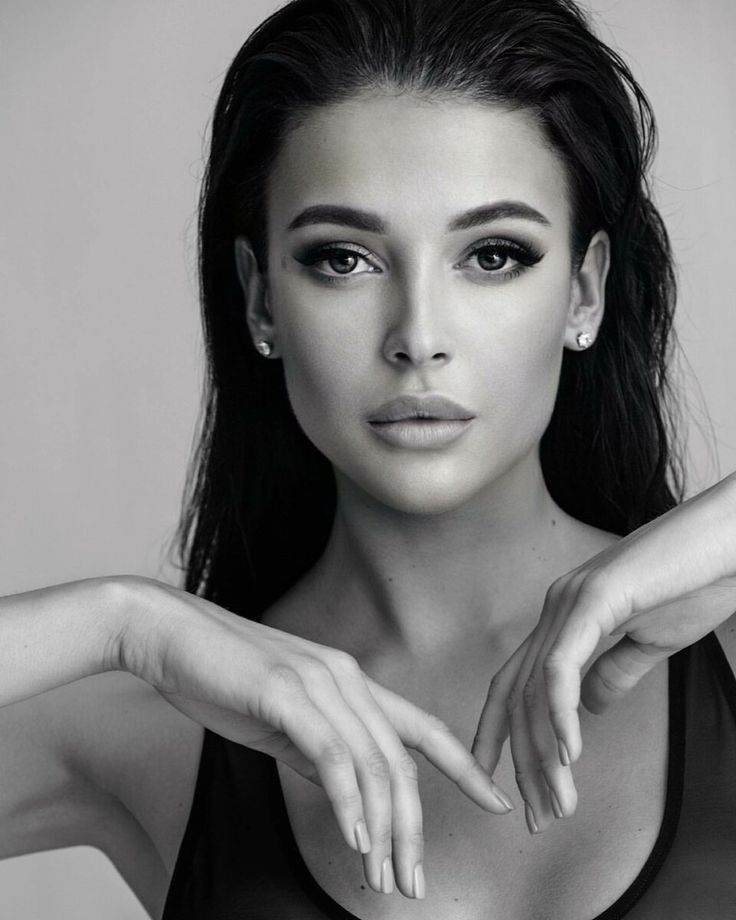
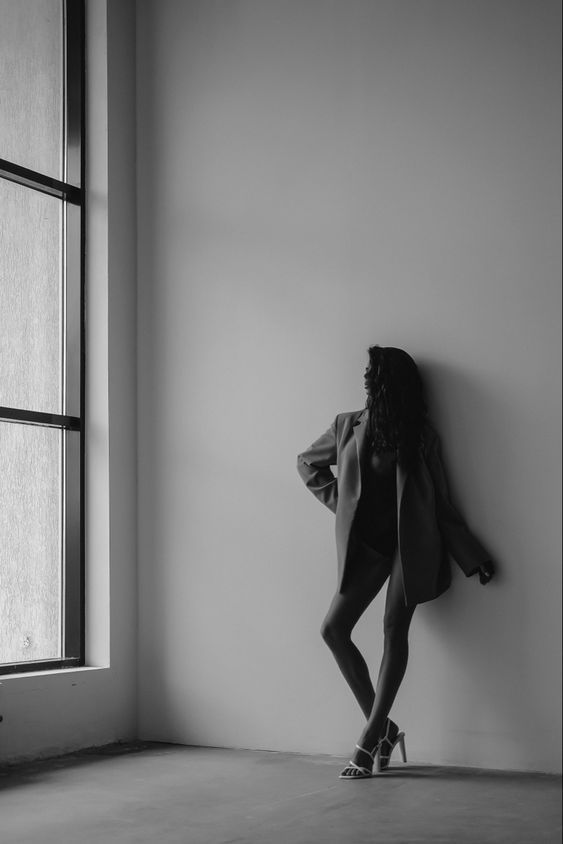
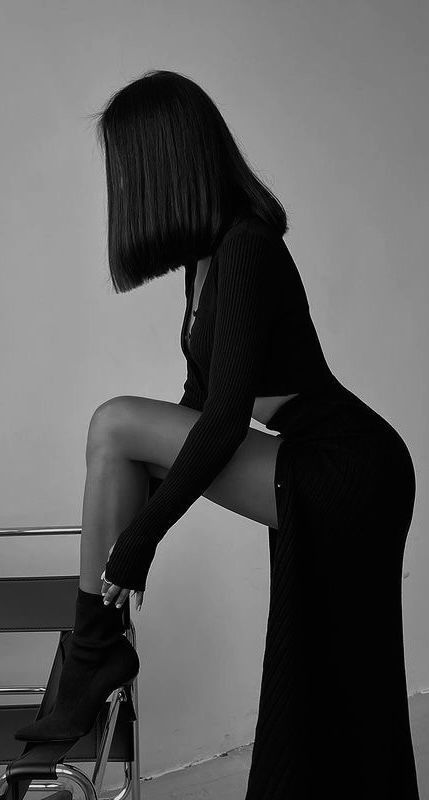
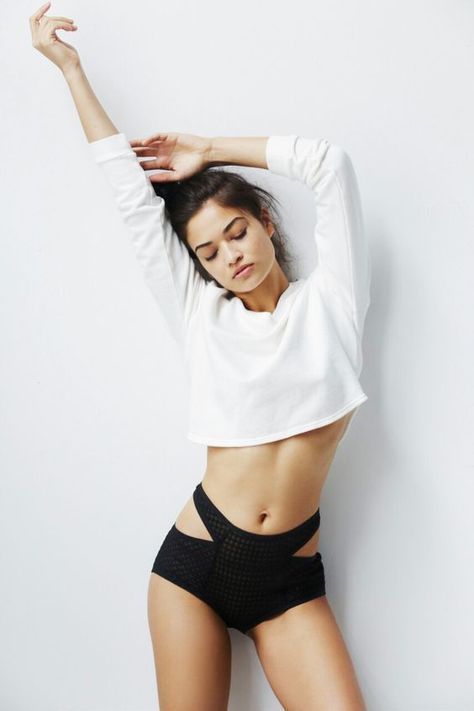
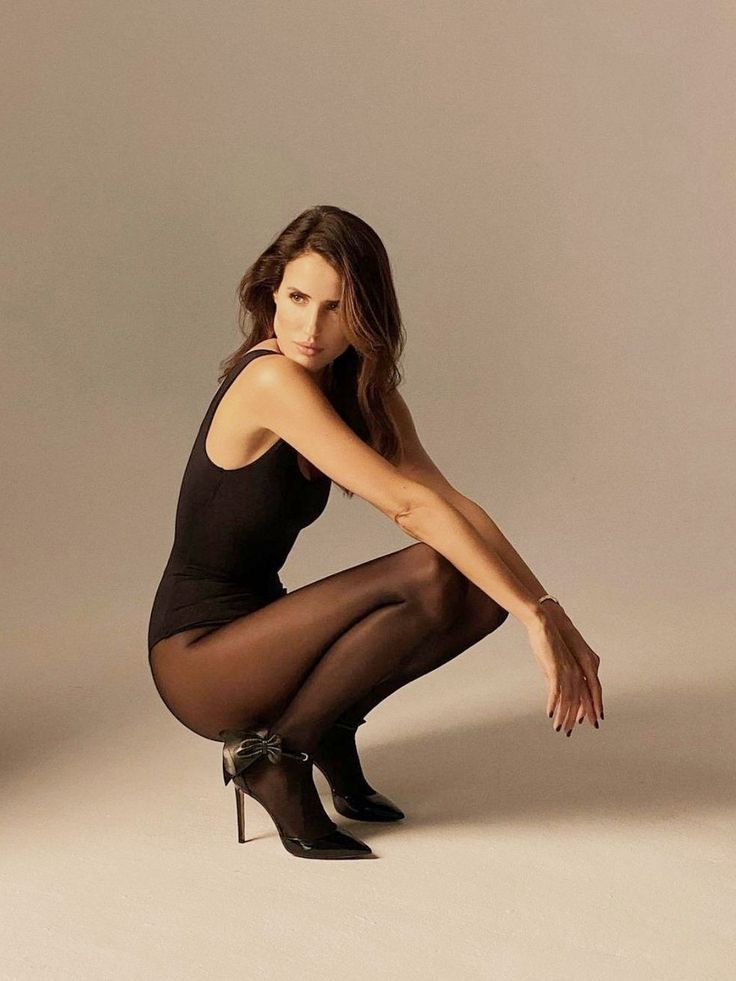
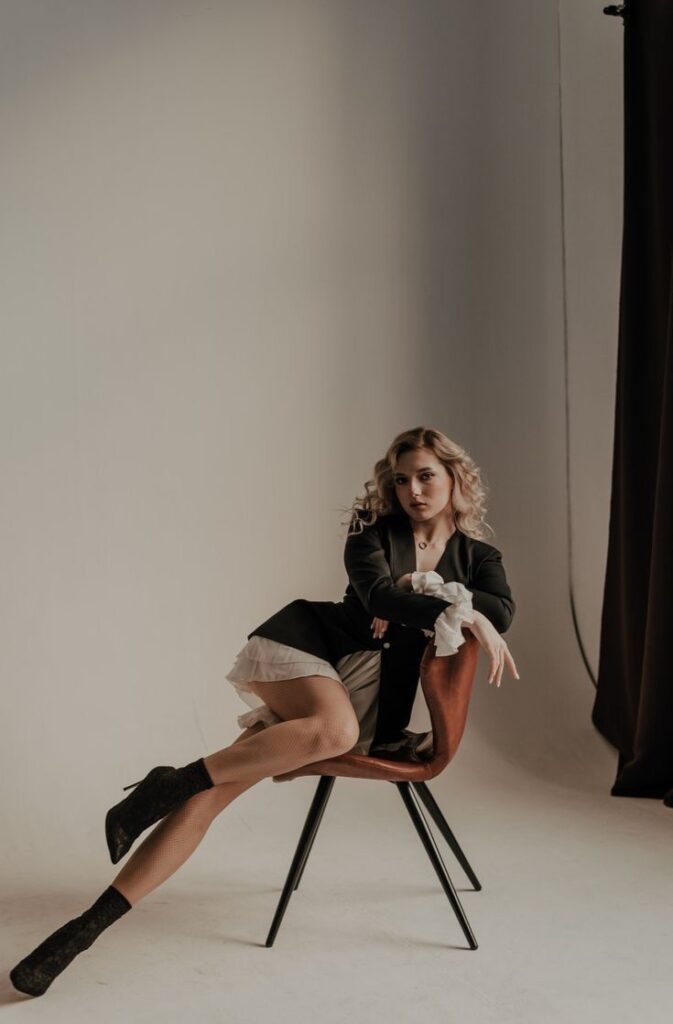

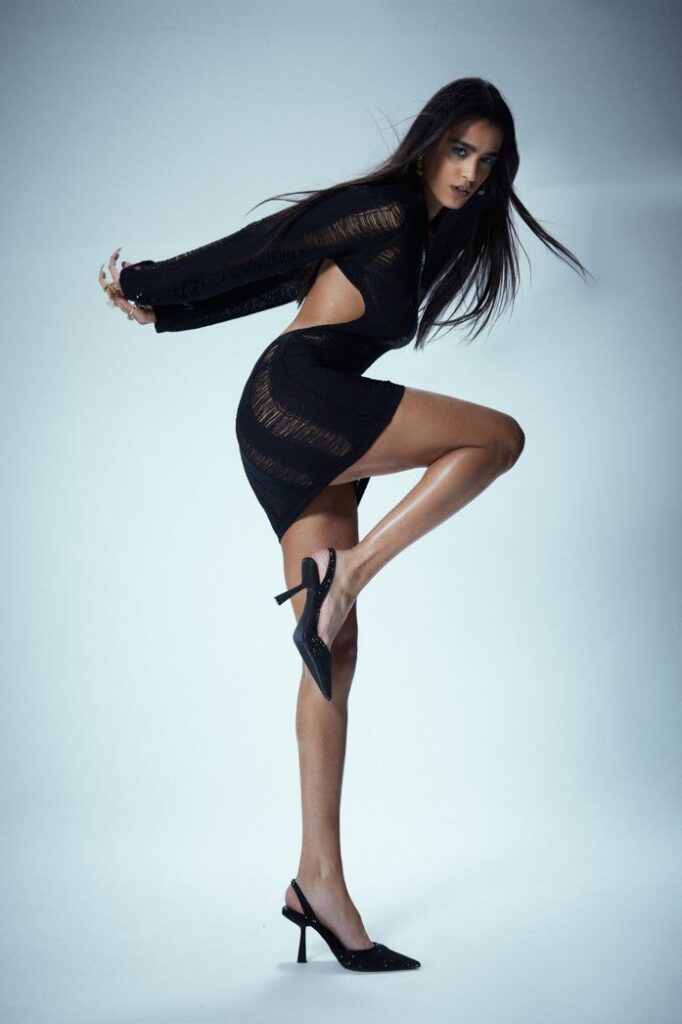
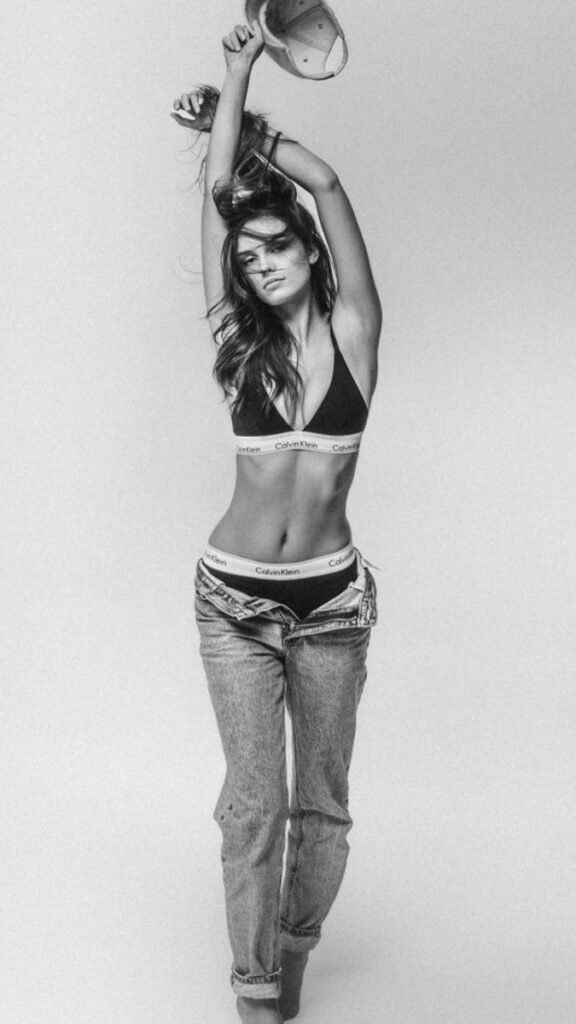



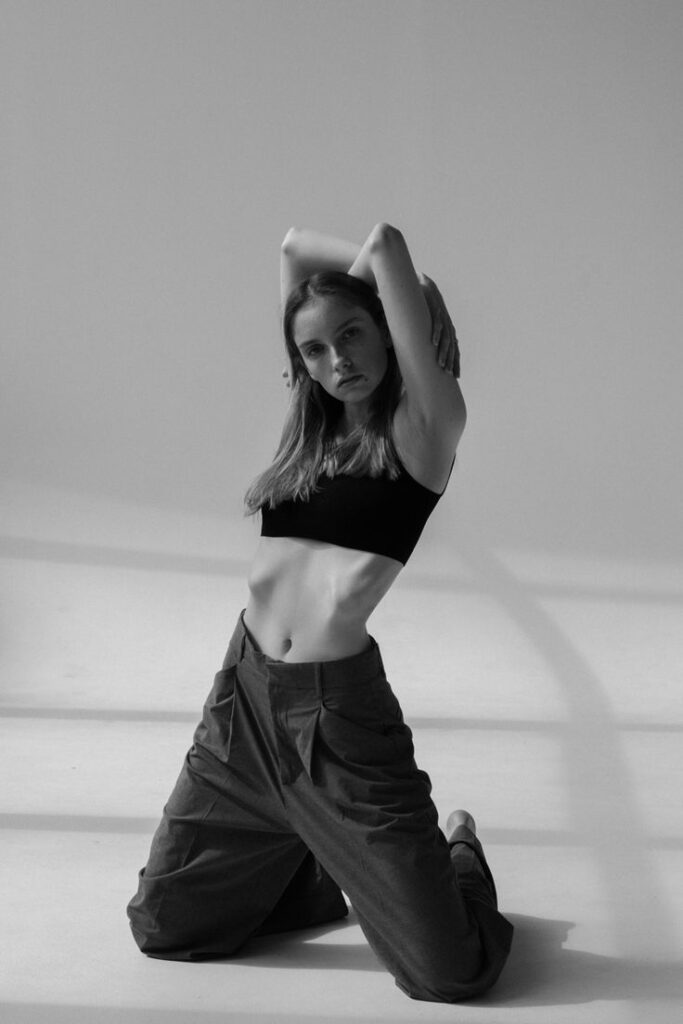
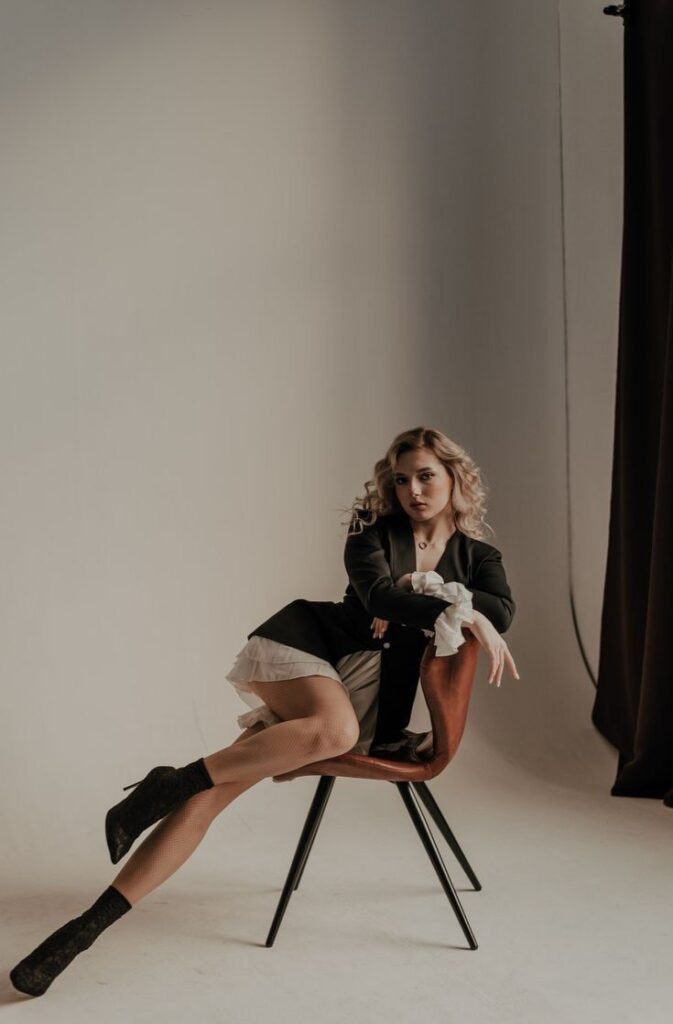




Using Social Media for Exposure
- Instagram: Visual storytelling and branding.
- Pinterest: Great for inspiration and exposure.
- LinkedIn: Attracting professional collaborations.
- Behance & 500px: Connecting with the photography community.
Building a Physical Portfolio
- Print high-quality images in a sleek photo book.
- Use professional prints for client meetings.
- Attend photography exhibitions or networking events.
6. Tips for Growing Your Photography Portfolio
Collaborate with Other Creatives
- Work with models, makeup artists, or stylists.
- Participate in photography challenges or workshops.
- Collaborate with brands for test shoots.
Constantly Update Your Portfolio
- Remove outdated work that no longer represents your skills.
- Add recent and high-quality images periodically.
- Stay up to date with trends in photography.
Leverage Client Testimonials
- Request reviews from past clients.
- Display testimonials on your portfolio website.
- Share before-and-after images to demonstrate skills.
Conclusion
A well-structured Portfolio Photography collection is essential for every photographer’s success. It reflects your expertise, attracts clients, and helps you establish a strong presence in the competitive world of photography. By curating high-quality images, showcasing your best work, and leveraging digital platforms, you can create a portfolio that stands out.

Sony Alpha a7 IV: The Ultimate Camera for Photography
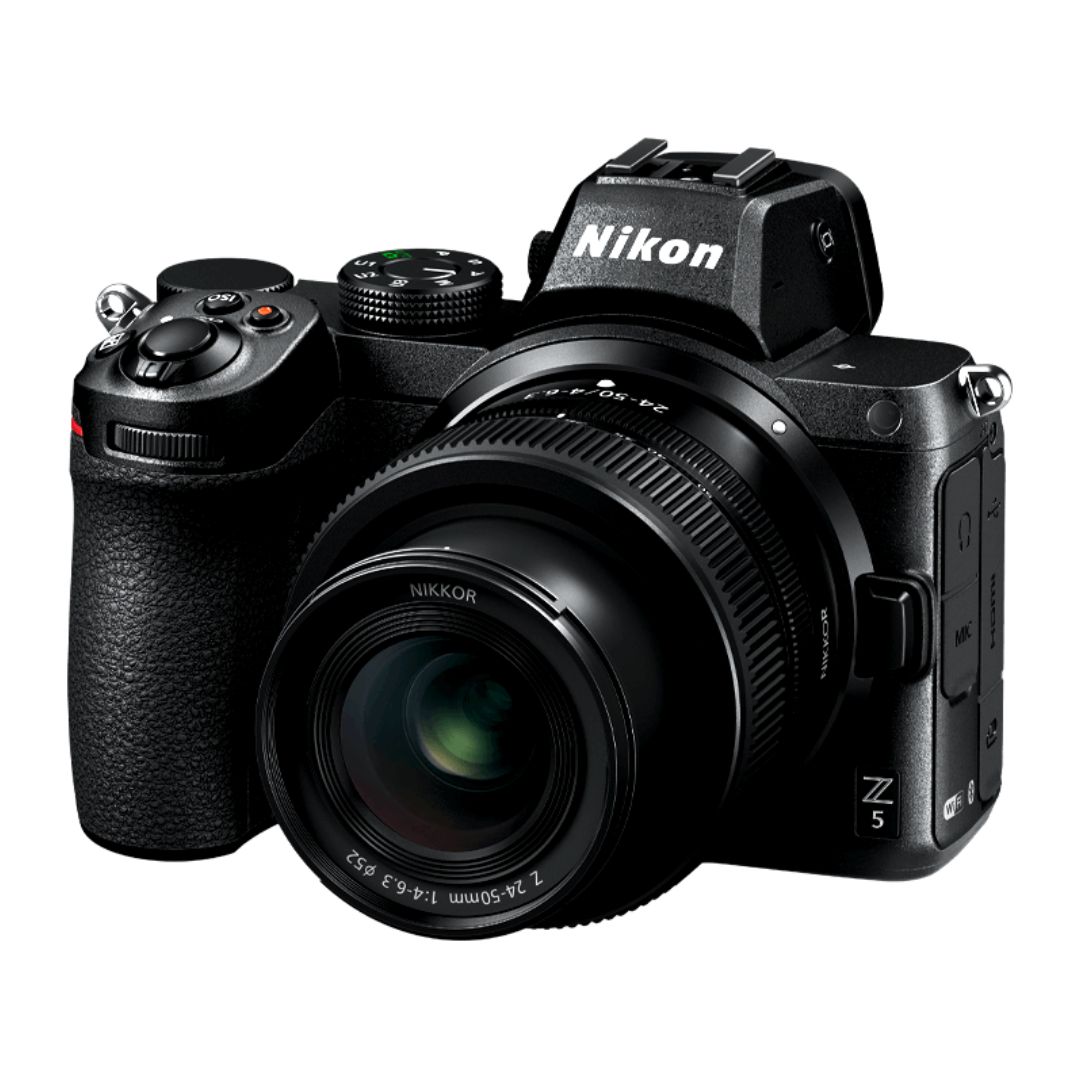
Nikon Z5 Review: Is It Worth It?
-
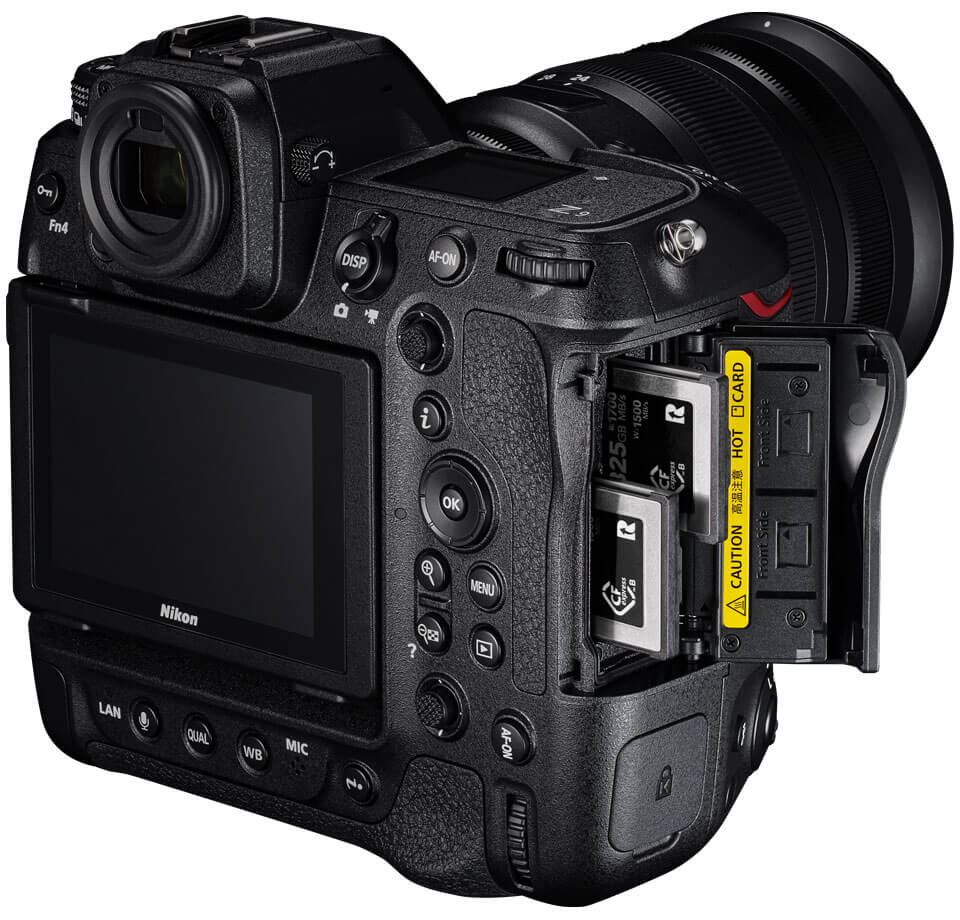
Nikon Z9 : Game-Changer for Photography
-
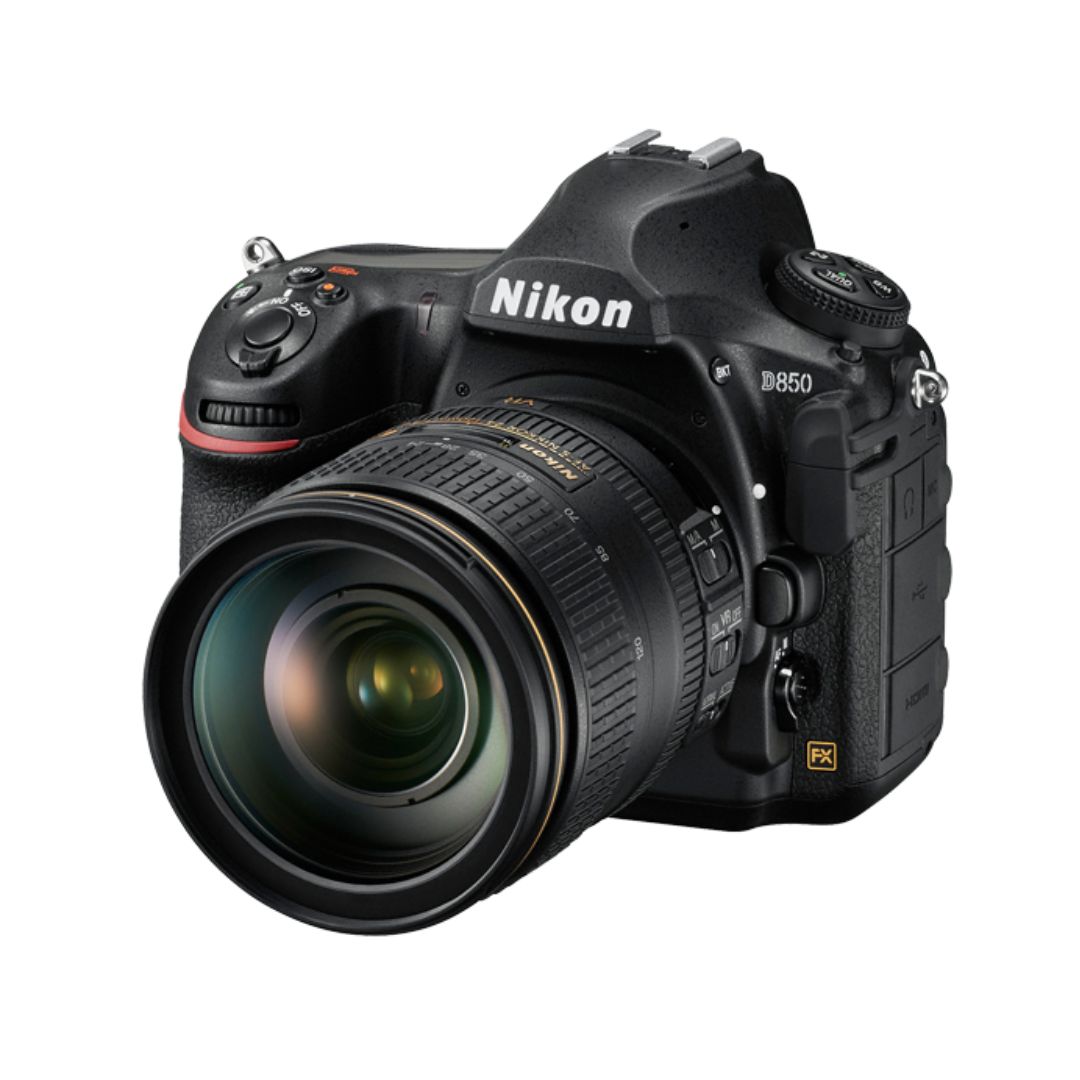
Top Features of Nikon D850 That Make It Ideal for Portfolio Shoots
Sony Alpha a7 IV: The Ultimate Camera for Photography
Explore the Sony Alpha a7 IV in this complete 2025 review. Learn how its pro-level features, real-world performance, and hybrid flexibility make it the ultimate camera for photography across genres like portraits, weddings, travel, and commercial work. Table of Contents Section 1: Introduction – Why the Sony Alpha a7 IV Stands Out The Sony Alpha…
Nikon Z5 Review: Is It Worth It?
In 2025, photographers—whether hobbyists, content creators, or professionals—seek equipment that blends value, performance, and future-readiness. Enter the Nikon Z5, a full-frame mirrorless camera marketed as a gateway to high-end imaging without a flagship price tag. But how well does it hold up under real-world demands like studio shoots, weddings, landscape adventures, and lifestyle photography? In…
Nikon Z9 : Game-Changer for Photography
Discover why the Nikon Z9 is considered a true game-changer for photography. This in-depth Nikon Z9 review explores key features, real-world performance, and how it excels in professional photo shoots in 2025. Table of Contents 1. Introduction The photography world witnessed a significant shift with the launch of the Nikon Z9, a flagship mirrorless camera…
Top Features of Nikon D850 That Make It Ideal for Portfolio Shoots
Discover why the Nikon D850 is the ultimate DSLR for portfolio shoots. Explore its top features—from resolution and dynamic range to autofocus precision and workflow speed—that help photographers create stunning, high-impact images for professional portfolios. Whether you’re a portrait artist, fashion photographer, or visual storyteller, a portfolio shoot demands technical excellence, creative flexibility, and uncompromised…
Candid Moments with Canon EOS R10: Lightweight & Reliable
In the evolving world of mirrorless photography, the Canon EOS R10 stands out as a lightweight yet powerful camera tailored for real-life storytelling. Whether you’re photographing street scenes, family gatherings, weddings, or spontaneous portraits, capturing genuine emotion requires a responsive and discreet tool. This article dives deep into how the Canon EOS R10 excels in…
Bold Portraits with Canon EOS R5: Is It the Best for Work?
Studio photography has always demanded precision, artistry, and impeccable gear. As the expectations for commercial portraits, fashion campaigns, and editorial work continue to rise, the tools we use must evolve. Enter the Canon EOS R5, a camera that has stirred the professional waters with its impressive technical specs and forward-thinking design. In this comprehensive Canon…

